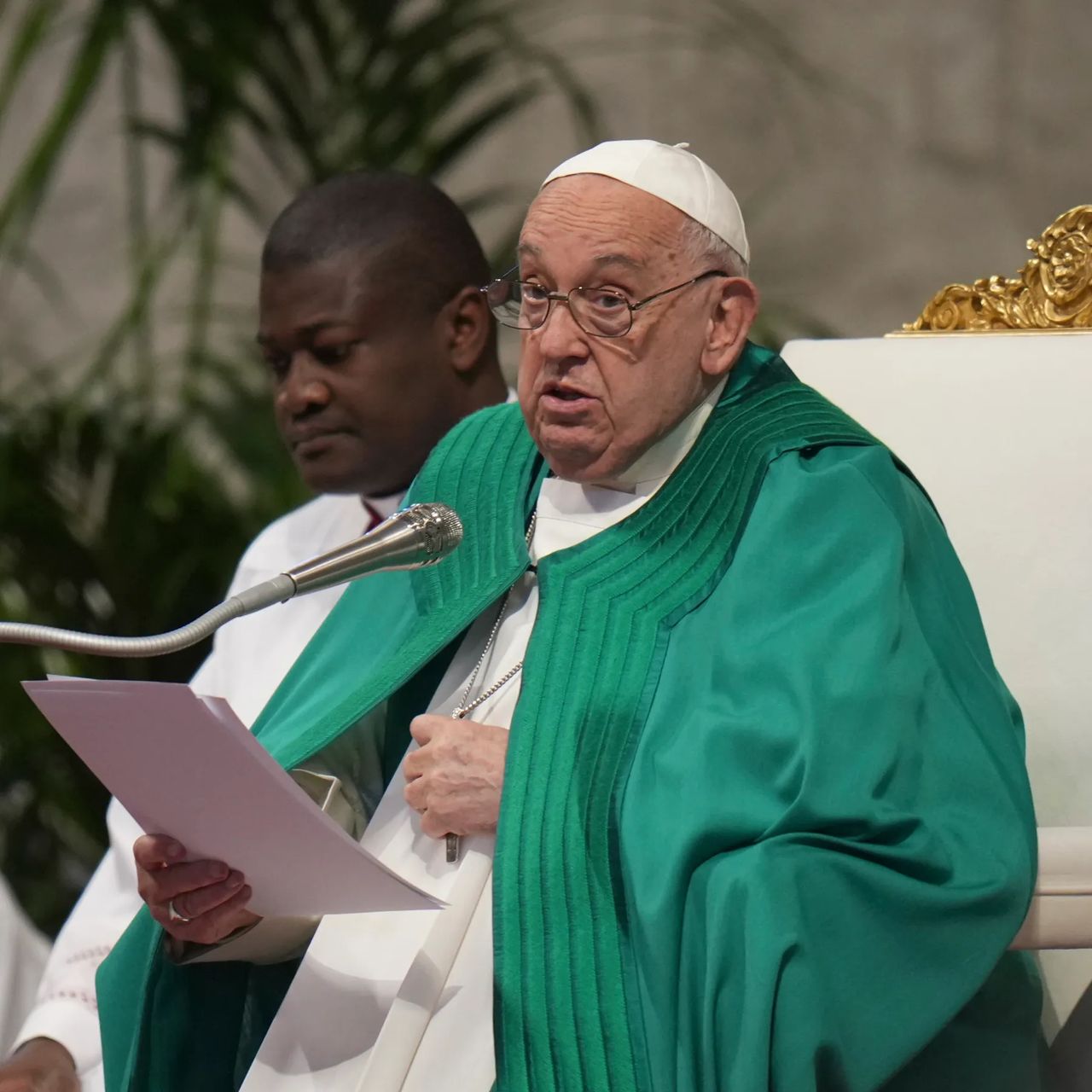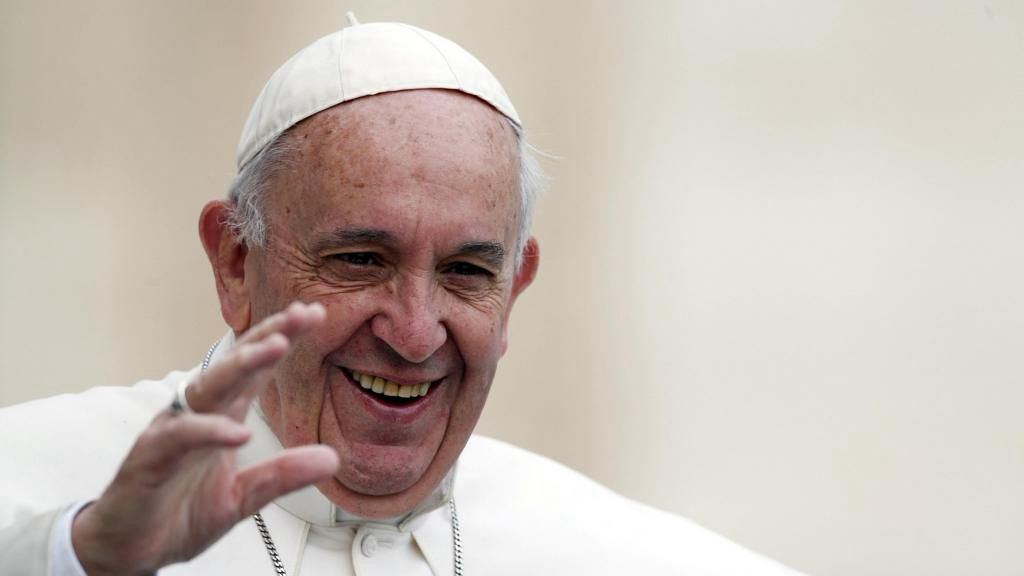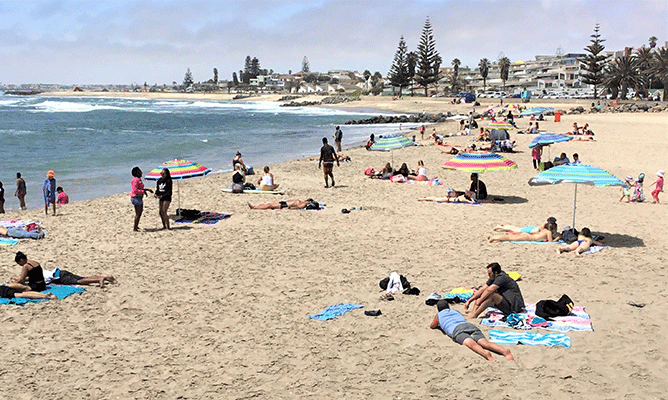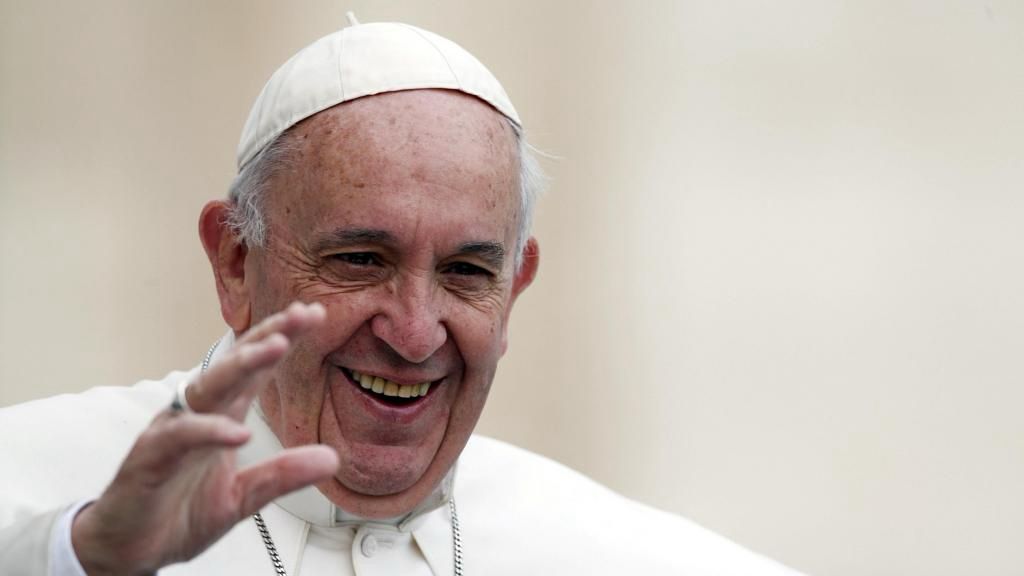Namibia’s economic model is being tested like never before.
The United States’ decision to impose 21% tariffs on Namibian exports has clogged the trading pipeline between the two countries, threatening to undo years of progress made under the African Growth and Opportunity Act (Agoa).
These tariffs aren’t just about higher prices, they strike at the heart of Namibia’s economic stability, risking jobs, currency value and the country’s position in global supply chains.
SECTORS AT RISK
Namibia’s diamond mining, a critical contributor to export revenue and gross domestic product, now faces a double crisis.
Already struggling to compete with lab-grown diamonds, the new tariffs will further erode the competitiveness of Namibia’s natural gems in the crucial United States (US) market, reducing demand even further.
Uranium, the cornerstone of Namibia’s mining sector, was already battling a global price downturn.
A shrinking customer base means Namibia could lose bargaining power in negotiations, threatening a foundational sector of Namibia’s economy.
Meanwhile, beef exports to the US are now more expensive than competitors like Brazil. The fishing industry, which is still recovering from the Fishrot scandal, could face being priced out of the US market.
THE HUMAN COST
This time, the pain will cut deeper than before because multiple sectors are under siege.
The diamond, uranium, livestock and fishing sectors are significant employers, employing tens of thousands of Namibians.
The diamond sector has already shed jobs due to the growing interest in lab-grown diamonds, while the Fishrot scandal left many unemployed.
Now, with demand shrinking across the board, more retrenchments are inevitable as institutions struggle to stay afloat.
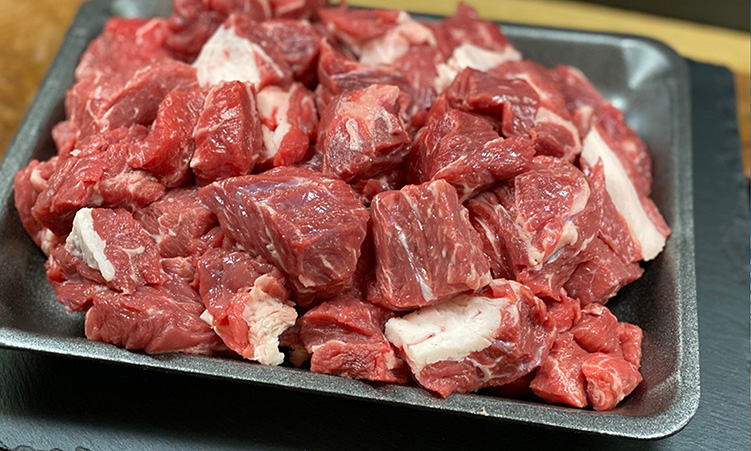
No demand means no sales, no sales mean no revenue and no revenue means job cuts – which will push unemployment to dangerous levels.
In terms of the debt domino effect, with Namibia’s already high national debt, any attempt to bail out farmers and miners would require more borrowing.
This could spark higher interest rates, making business and home loans more expensive and a weaker Namibia dollar, driving up the cost of essentials like fuel and medicine.
Emerging sectors like green hydrogen could also start feeling the heat, as investors grow hesitant amid mounting economic uncertainty.
WORST-CASE SCENARIO
Namibia’s economy relies heavily on exporting raw materials.
If it loses key markets permanently, government tax revenue would drop, crippling public services and triggering broader economic instability.
Therefore, in order to avoid the worst-case scenario, Namibia could diversify aggressively by adding value to raw materials – a strategy adopted by other countries during crises – and speeding up pending trade deals before tariffs inflict more damage.
When Vietnam was hit by the US with higher tariffs in the 1990s, they successfully boosted value-added production and allowed their currency to adjust, making exports cheaper.
Therefore, incorporating such strategies to mitigate the tariffs’ effect could help Namibia not only survive this crisis but also emerge stronger by creating jobs, reducing inequality and building an economy resilient to global shocks.
The decisions made now will determine whether Namibia slides into a tariff-imposed recession or seizes a chance to reinvent its economy.
- Alina Mbango is a PhD candidate in economics at the China University of Geoscience.
Stay informed with The Namibian – your source for credible journalism. Get in-depth reporting and opinions for
only N$85 a month. Invest in journalism, invest in democracy –
Subscribe Now!







